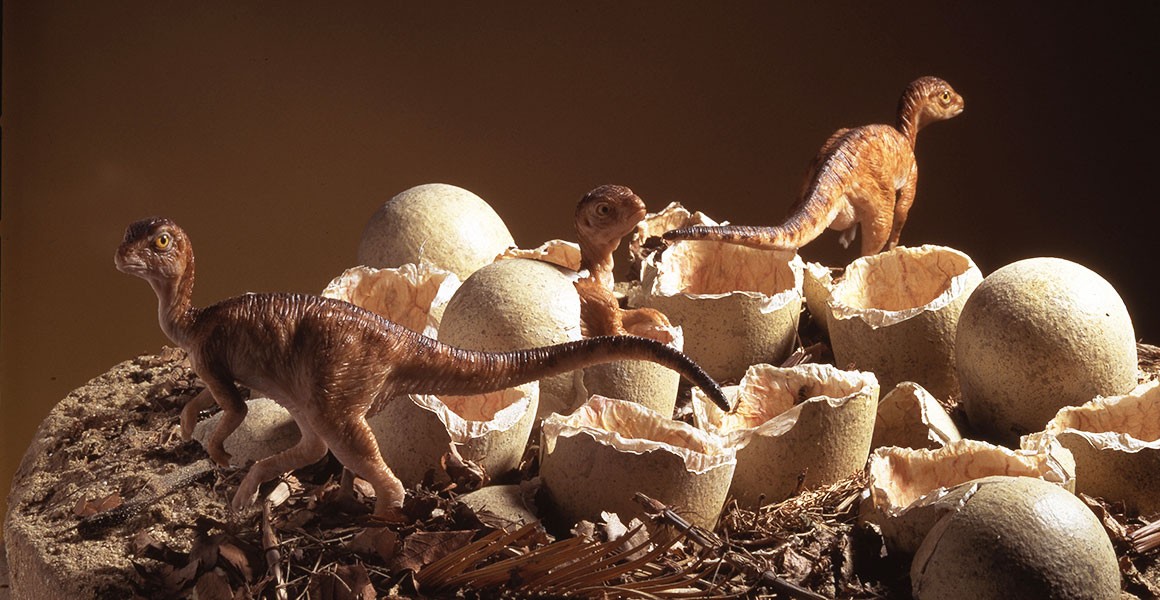Introduction
In the whole of paleontology and dinosaur enthusiasts, the Tyrannosaurus Rex, or T. Rex, is a heroic figure. This creature has captured our imaginations for decades, and yes, one question haunts us: How long did Tyrannosaurus Rex stay?
In this article, we will experience the life of the T. rex, aspects of its upbringing, and the disturbing effects of its greater life.
The Life The stages of Tyrannosaurus rex
Understanding the Lifespan of the T. rex begins with taking care of its many life stages.
Hatchling Stage
The journey of a T. rex begins as a hatchling. These baby dinosaurs climbed up from their eggs and were fragile to predation. During this Stage, their central
goal was survival. T. rex Babies were not the apex predators they would later become.
Small Stage
As T. rex the person grew, they entered the small Stage. During this period, they were successful in their hunting skills and became more self-very. Their size increased, and they began to resemble the iconic image of a T. rex that we know today, although still not reaching their full potential.
Subadult Stage
The subadult Stage marked a Precious period of growth for T. rex. They Constantly kept to success both physically and in their hunting Rationality. This Stage was crucial for preparing them for adulthood, where they would become Right-at-once predators.
As adults, T-rex individuals were at the height of their courage.
They were the most prolific predators of their time, with large size and toothy jaws. During this system, they played an important role in the surrounding system as top predators.
Factors Affecting the Age of T. Rex
lifetime factors loss the Lifespan of Tyrannosaurus rex.
Diet
One of the key factors that contributed to the T. rex’s lifetime was its diet. T. rex were carnivores, and their diet initially consisted of other dinosaurs. Their hunting competency and access to prey played a special role in their survival.
Competition
Competition with other predators and T. rex the person themselves also impacted their Upset. As apex predators, T. rex might have had territorial disputes and quarrels over food, which could result in wounds or death.
Environmental Changes
Environmental changes, such as shifts in climate or prey availability, could have affected T. rex populations. These factors could lead to periods of abundance or scarcity, influencing the dinosaurs’ Lifespan.
Borders and Wound
Just like modern animals, T. rex could suffer from Borders and injuries. These health Obstacles could ease their lifetime
or make them less Available hunters.
How Long Did T. rex Live on Average?
Assessing a Tyrannosaurus rex’s exact lifetime is challenging, but researchers have made Knowledgeable guesses based on fossil witnesses.
almost Lifespan
Recent experience infers that the average Lifespan of a T. rex is likely around 20 to 30 years. This evaluation is based on analyzing T. rex fossils, success patterns, and comparisons to modern-day reptiles.
Individual Variations
Precious notes that individual T. rex could have had different different lifetimes. Some might have lived longer, while others might have had hard work at a younger age due to factors such as Wounds or diseases.
FAQs
- about Tyrannosaurus rex Lifespan
- How Did T. rex Care for Their Young?
T. rex hatchlings were not cared for by their parents. Besides that, they were left to fend for themselves, much like modern reptiles.
- Were T. rex Social Animals?
Prof T. rex individuals were not highly social. The people. They likely lived alone lives or in small family groups at most.
- Did T. rex Live Close to Other Dinosaurs?
Yes, T. rex coexisted with other dinosaur species during the Late species period, including herbivores like Triceratops and sauropods.
- What Was the Main Issue of T. rex Mortality?
While predation and territorial disagreement could be special benefits of mortality, diseases, injuries, and environmental changes likely played very important roles in the lives and deaths of T. rex.
Conclusion
In the end, Tyrannosaurus rex had a remarkable life history with varying stages of success. By 30 years of age, individual variation was still present.
T-Rex has been a symbol of courage and dominance throughout the dinosaur era and has been the subject of scientific observation. Intelligence will deepen further, allowing us to explore the distant past and unlock the secrets of Tyrannosaurus Rex.



